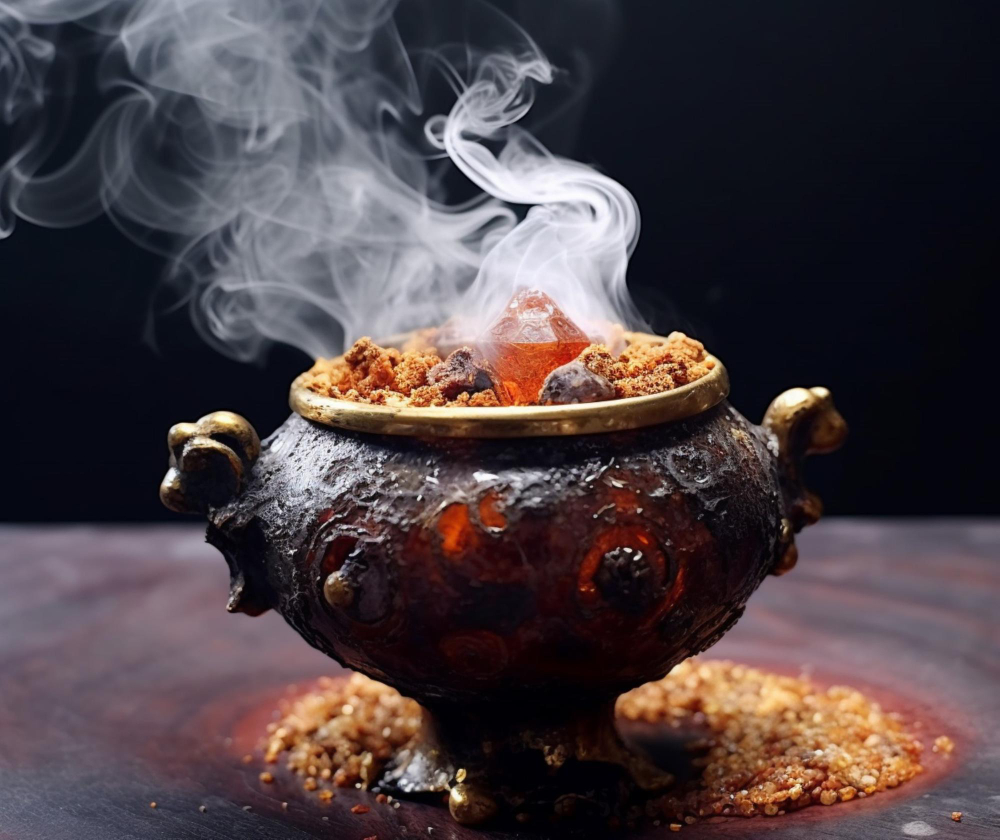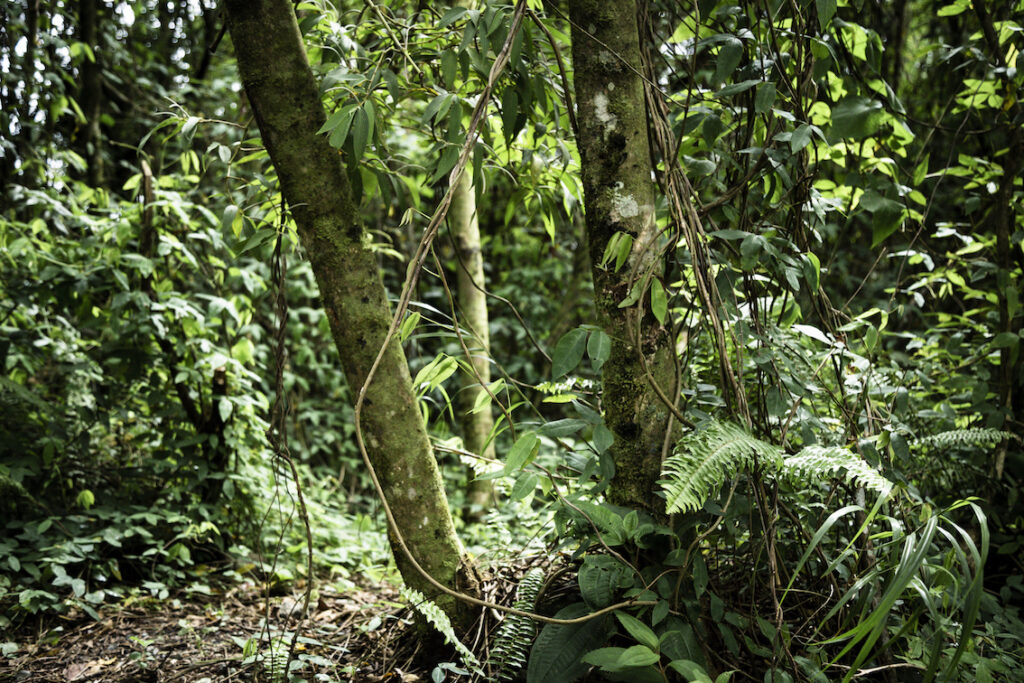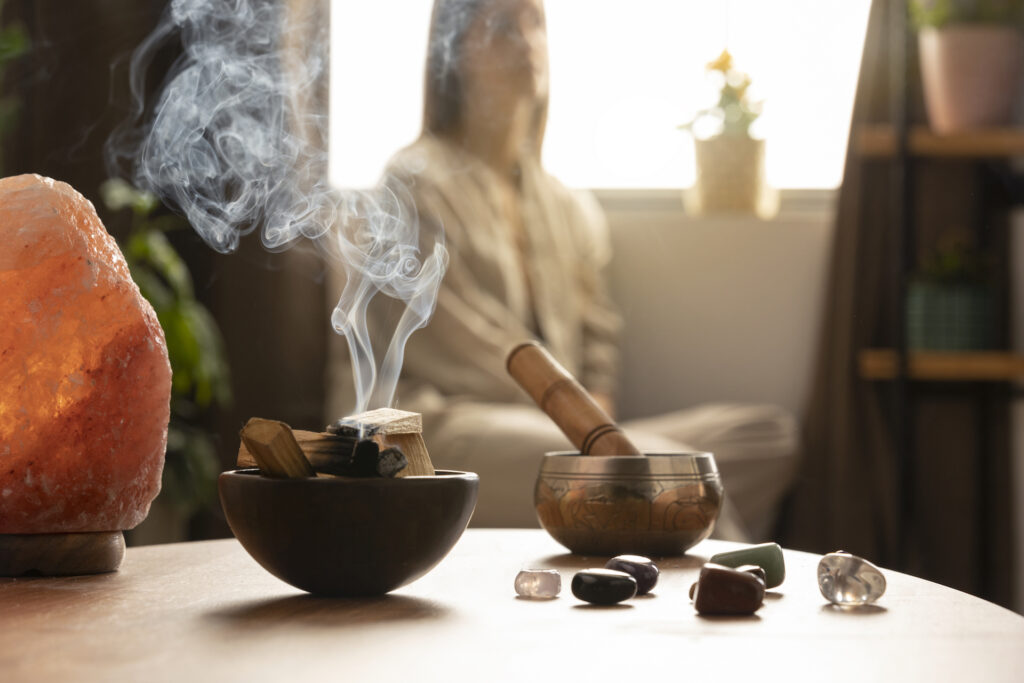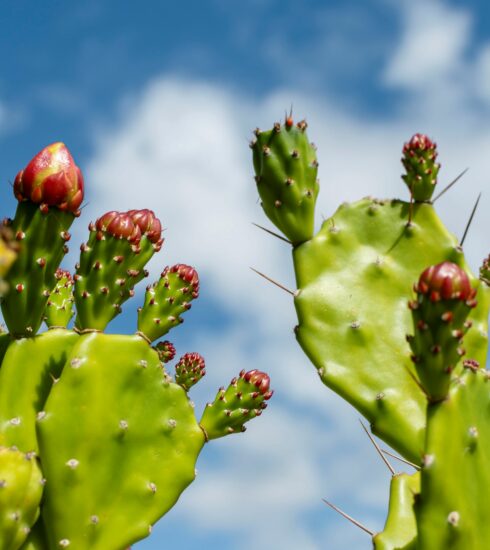Copal: A traditional incense

Through smell, we awaken an infinity of emotions, for example, the aroma of that food that reminds you of your home, the perfume of a person, and even the natural essences that relax the mind. We have already told you about the basics to start aromatherapy, but today we want to share another topic closely related to aromas: Incense.
From the Latin incensum, which means “to ignite”, incense is a mixture of natural aromatic resins extracted from some trees and essential oils —in most cases— and that, when set on fire, gives off a light aromatic smoke.

For many years incense has been used for religious, therapeutic, and aesthetic purposes. Although there are many types of incense —sticks, spirals, cones, even pure resin in pieces— but there is one, in particular, that is very important in Mexico for the Day of the Dead; we talk about copal.
Copal is the common name of the aromatic resin of a family of trees native to Mexico, copalquáhuitl in Nahuatl. Since pre-Hispanic times, various Mexican cultures have used this resin as a balm to purify souls and ward off evil spirits —hence its importance in the Day of the Dead Altar— and its sweet aroma was perceived in temples, altars, and houses.

The rituals of that time and that implied the use of copal were very varied since the ancient indigenous communicated with their gods through the white smoke that this resin gave off. Today, in Mexico, this incense continues to be associated with spiritual and medicinal connections, and it has been proven that its aroma has many healing properties. It is very common in temazcal rituals, meditations, and even street practices that cleanse “bad spirits”, the fact is that its peculiar aroma has many benefits:
- It is used as an analgesic, expectorant, antispasmodic, and disinfectant
- Decreases stress and depression levels
- Stimulates emotions and improves mood
- Harmonizes and protects at different spiritual levels
- Connect with the high vibrations
- Increase personal energy
The spiritual and aromatic connection that prevails to this day with elements full of history, such as copal, further highlight the roots of Mexican traditions and continue to connect us with our ancestors.




